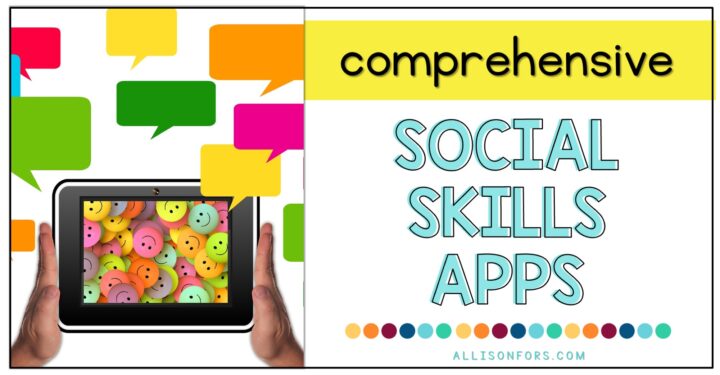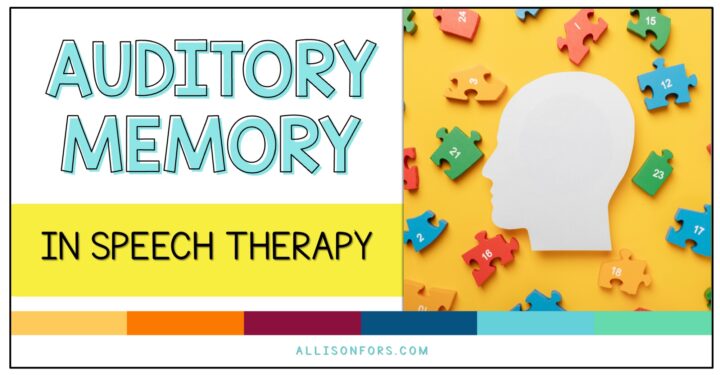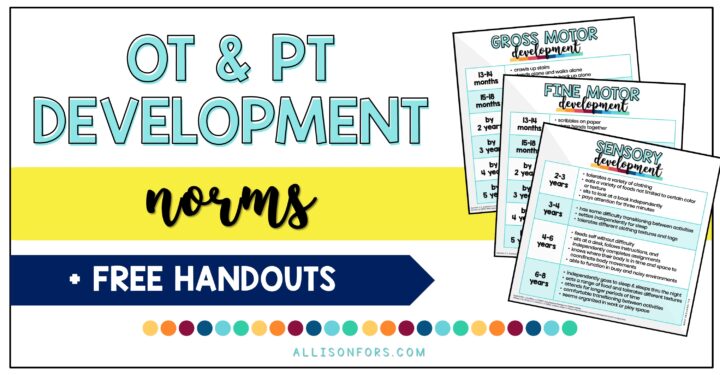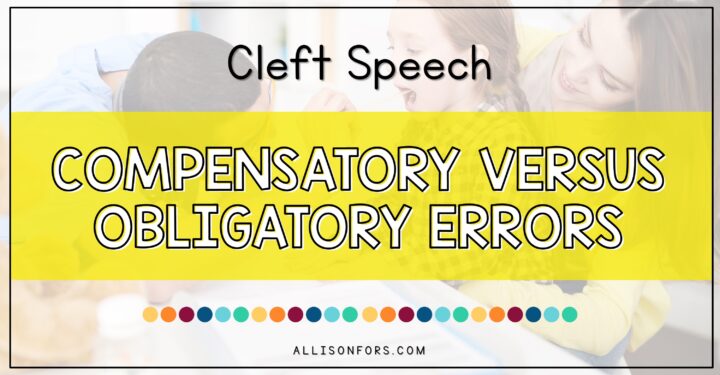
33 Sound Loaded Books for High Pressure Sounds
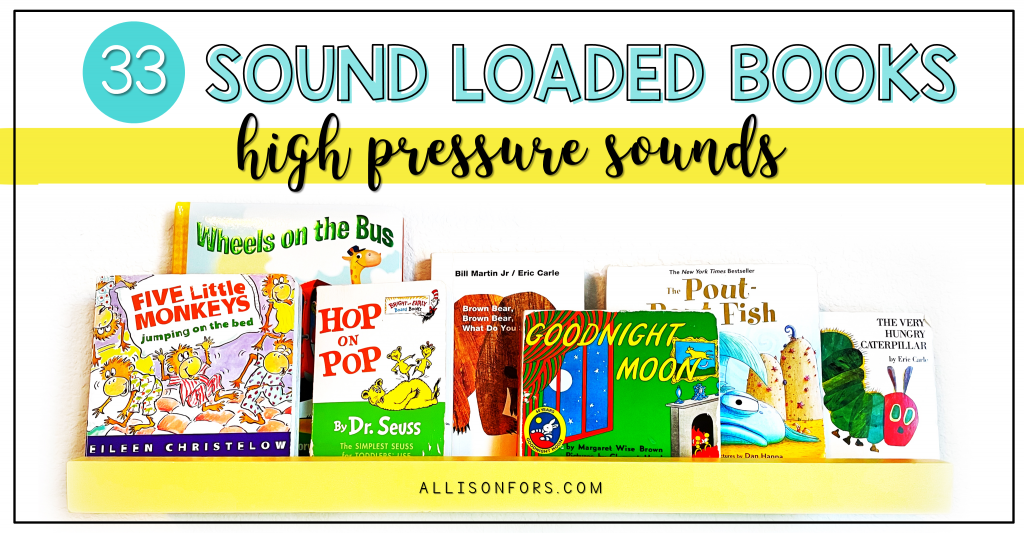
Children with a repaired cleft palate may need help building enough intraoral pressure to produce high pressure sounds. Pressure consonants include p, b, t, d, k, g, f, v, s, z, sh, ch, th, and dg (“judge”).
Prior to palate repair, children can produce nasals, liquid, glides, and vowels. These sounds include m, n, ng, l, h, y, w, r, plus all vowels.
Some examples words that a cleft-affect child can produce before palate repair are: “mama”, “no”, “yay”, “ya” for yes, “wawa” for water, “ni ni” for night night, “me”, “more”. Sound loaded books are a great way to get auditory feedback and practice sounds.
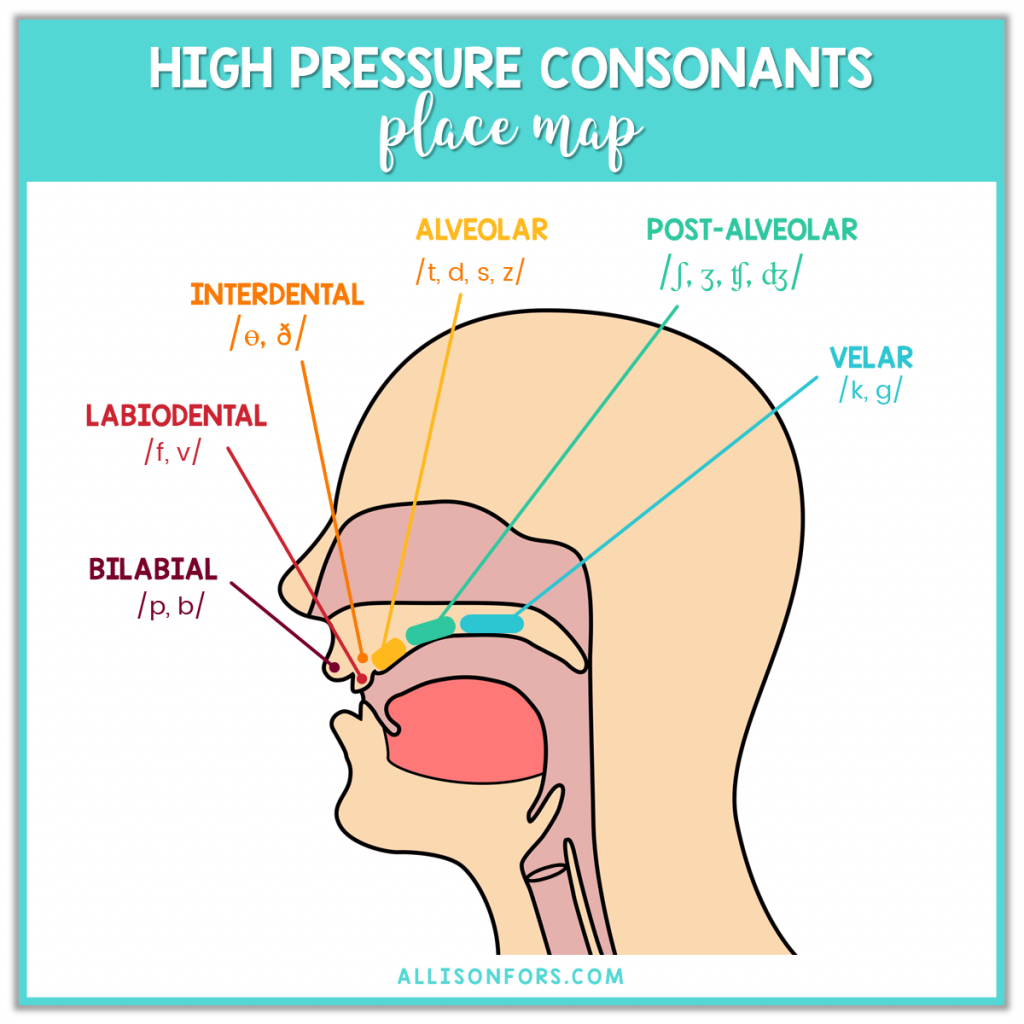
Sound Loaded Books for Cleft-Affected Children
/p/ sound books

Hop on Pop
Each Peach Pear Plum
If You Give a Pig a Pancake
Piggy Pie Po
Sheep in a Jeep
/b/ sound books

I Like Bugs
Five Little Monkeys Jumping on the Bed
The Wheels on the Bus
/t/ sound books

Ten Apples Up on Top
Five Teddy Bears
The Fat Cat Sat on the Mat
The Little Red Hen
The Foot Book
/d/ sound books

The Doorbell Rang
Just Me and My Dad
My D Book
/k/ sound books

The Very Hungry Caterpillar
Have You Seen My Cat
Duck on a Bike
Clara Caterpillar
Moo Moo Brown Cow
/g/ sound books

A Frog in a Bog
A Girl, A Goat, and a Goose
Goodnight Moon
/f/ sound books

Mighty Machines Fire Trucks
Race to a Fire
Fish Faces
The Rainbow Fish
The Three Little Pigs
/s/ sound books

Brown Bear, Brown Bear, What Do You See?
Silly Sally
My S Book
The Day the Goose Got Loose
Do you have any favorite sound loaded books for high pressure sounds?
Find more information on cleft lip and palate.
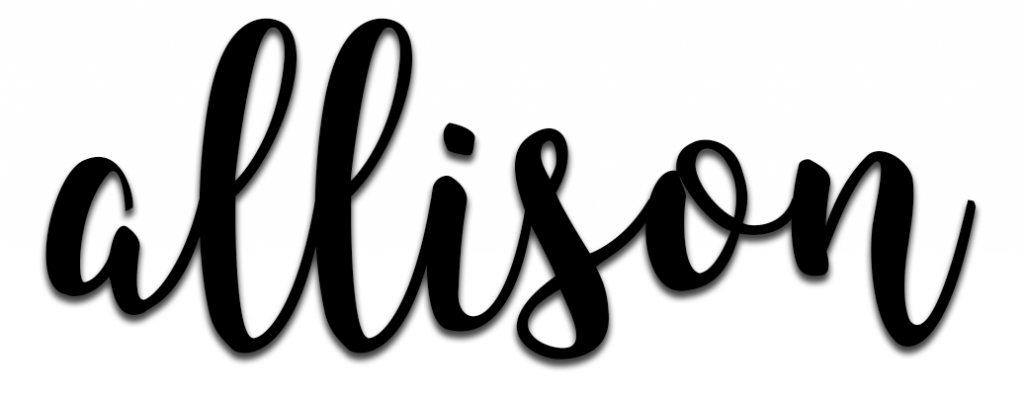
We are a participant in the Amazon Services LLC Associates Program, an affiliate advertising program designed to provide a means for sites to earn advertising fees by advertising and linking to Amazon.com. All opinions are my own.



